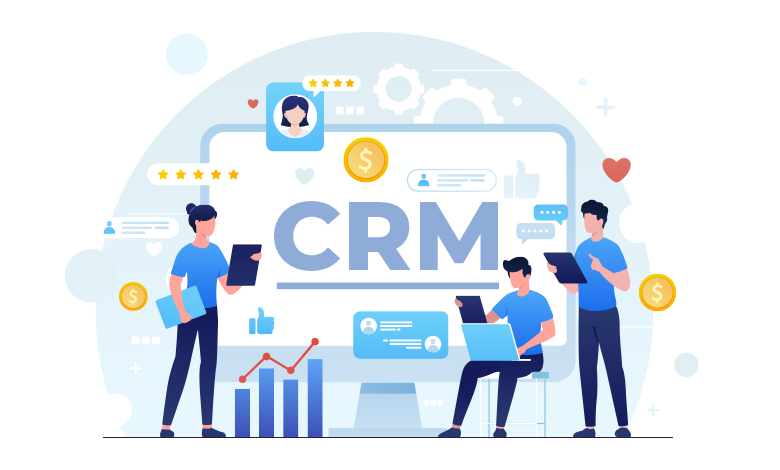Legacy programs have long formed the fundamental foundation of many firms, delivering critical functionality that has sustained operations for many years. However, when technology develops and business requirements change, these legacy systems frequently fail to continue functioning. Scaling these programs to meet new expectations might be difficult, but legacy modernization services provide a solution to these issues.
What is Legacy App Modernization?
Legacy application modernization is a transformation process through which underperforming web systems are being re-engineered to fit with recent technology upgrades and business demands. Such organizations will have no choice but to adjust their business strategy in order to continue being competitive, holding their existing clients, and staying relevant in the fast-paced digital economy.
One of the main advantages of legacy modernization services is their capacity to overcome scale challenges. As businesses develop and expand, older systems may struggle to handle higher workloads, resulting in performance concerns, downtime, and significant revenue losses. By upgrading these applications, organizations can gain numerous crucial insights that can help them tackle scaling difficulties effectively.
Combination of Cloud Computing and Legacy App Modernization
The emergence of cloud computing has been instrumental in the modernization of the IT environment most companies implement. Legacy program designs, which have been based primarily on on-premises systems, can likewise derive as much benefit from migrating to the cloud. Cloud computing services offer flexibility, adaptability, and transactional pay as businesses’ use of applications can adjust to demand.
In the legacy application modernization, such apps are being moved to cloud-based platforms like Amazon Web Services (AWS), Microsoft Azure, and Google Cloud Platform (GCP). Organizations can capitalize on the capabilities of the cloud to:
Scale Resources Continuously:
Cloud systems offer on-demand resources, allowing applications to scale up or down actively in response to workload variations. This assures maximal performance without overprovisioning resources.
Increase Availability and Reliability:
Cloud environments include built-in redundancy and failover systems, which reduce downtime and ensure high availability for key applications. This resilience is required for scaling without compromising performance or dependability.
Increase Cost Efficiency:
The cloud services operate on a ‘pay-as-you-go’ basis, implying a software mode; hence, there is no need for the large initial hardware investments that are compulsory. Organizations have the opportunity to improve efficiency, scale down to the bare infrastructure, and therefore make a good profit as their businesses expand.
Leveraging Containerization and Microservices Architecture
Legacy apps are frequently monolithic, which renders them difficult to expand and maintain. Modernization initiatives often include breaking down these blocks into smaller, easier-to-handle components via containerization and microservices structure.
Containerization, facilitated by technologies such as Docker and Kubernetes, allows enterprises to package and deploy software in lightweight, and isolated containers. This technique provides numerous scaling advantages:
Scalability:
Containers can be widely scaled to accommodate larger workloads. Organizations can rapidly deploy extra container instances to meet growing demand, guaranteeing uninterrupted efficiency and responsiveness.
Flexibility:
The microservices architecture divides applications into independent services, each of which focuses on a specific functionality. This modular architecture improves agility, scalability, and fault isolation, thereby rendering it easier to scale specific components without affecting the whole application.
Resource Optimization:
Containers use fewer resources than traditional virtual machines, which improves resource efficiency and lowers infrastructure expenses. This efficiency is critical for scaling applications economically while maintaining performance criteria.
Enhancing Performance and User Experience
Legacy programs’ performance restrictions and inferior user experiences frequently cause scaling issues. Modernization initiatives attempt to increase application performance, responsiveness, and customer satisfaction using numerous strategies:
Improving Code and Architecture:
Legacy codebases are frequently inefficient and unwieldy, resulting in performance issues. Modernization entails refining and optimizing code, increasing execution speed, and minimizing resource usage.
Integrating Current Technologies:
Legacy applications may not support current technologies like AI, IoT, and real-time analytics. Integrating these technologies during modernization improves application skills, scalability, and competitiveness.
Implementing DevOps Practices:
DevOps concepts like continuous integration, continuous delivery, and automated testing simplify development workflows and promote quicker, more reliable deployments. This agility is critical for repeatedly growing applications and rapidly responding to changing business demands.
Conclusion
Legacy application modernization is a critical strategic requirement for enterprises seeking to overcome scaling challenges and promote digital transformation. Businesses can acquire vital insights into scalable, robust, and future-ready applications by employing legacy modernization services, leveraging cloud computing, implementing containerization and microservices, and improving performance and user experience.
In the contemporary business environment, being ahead necessitates integrating innovation and harnessing new technology to turn outdated systems into flexible, scalable assets that contribute to corporate development and success. By integrating new methods, businesses are conducting technology modernization in a true sense.




